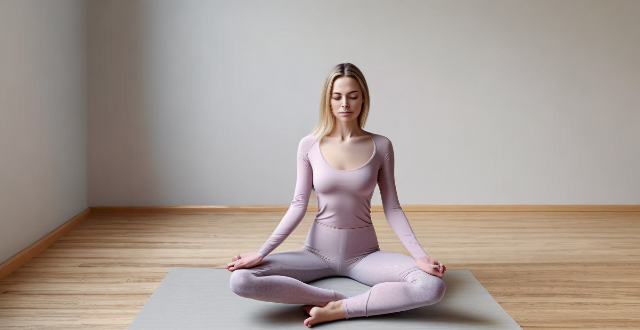When selecting a yoga mat, consider factors such as material, thickness, texture, durability, eco-friendliness, price, extra features, and cleaning care. Materials range from PVC to natural rubber and jute, each with its pros and cons. Thickness varies from 1.5mm for travel to 5mm+ for cushioning. Texture can be smooth or grippy, affecting slip resistance. Durability is crucial for long-lasting use. Eco-friendly options are available for environmentally conscious yogis. Price doesn't always equate to quality, so find a mat that fits your budget. Extra features like alignment markers and travel straps can enhance your practice. Cleaning and care requirements vary, so choose a mat you're willing to maintain. The best yoga mat supports your practice physically and ethically, ensuring you enjoy using it and progress in your yoga journey.

How to Choose a High-Quality Yoga Mat
When selecting a yoga mat, it's essential to consider various factors that can significantly impact your practice. Here are some key elements to keep in mind:
Material
- PVC: Very common and affordable but may contain harmful chemicals.
- TPE (Thermoplastic Elastomer): Eco-friendly and non-toxic, good grip.
- Natural Rubber: Offers great traction and stability but is heavier and can have a strong odor.
- Jute: Natural fibers with eco-benefits, less padding than other materials.
Thickness
- Thin Mats (1.5-2.5mm): Best for travel, more challenging poses, and those who prefer firm support.
- Medium Mats (3-4mm): A good balance of comfort and stability, suitable for most types of yoga.
- Thick Mats (5mm+): Provide the most cushioning but can make balancing poses more difficult.
Texture
- Smooth Surfaces: Easy to clean, may be slippery when wet.
- Textured or Grippy Surfaces: Help prevent slipping, especially during sweaty practices.
Durability
- Look for mats with high-density materials that will maintain their shape and resilience over time.
- Check reviews for feedback on long-term use.
Eco-Friendliness
- Consider mats made from renewable or recycled materials.
- Biodegradable options are also available for environmentally conscious yogis.
Price
- More expensive doesn't always mean better quality. Find a mat that fits your budget while meeting your other criteria.
Extra Features
- Some mats come with alignment markers or unique patterns to enhance your practice.
- Travel mats often feature straps or built-in bags for easy transport.
Cleaning and Care
- Some mats are machine washable, while others require hand washing.
- Make sure you're willing to commit to the care required for your chosen mat.
Conclusion
Choosing a yoga mat is a personal decision based on your preferences, needs, and values. Take the time to consider each factor and find a mat that supports your practice both physically and ethically. Remember, the best yoga mat for you is one that you enjoy using and that helps you progress in your yoga journey.